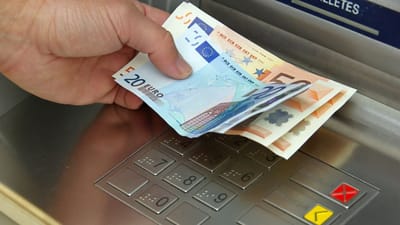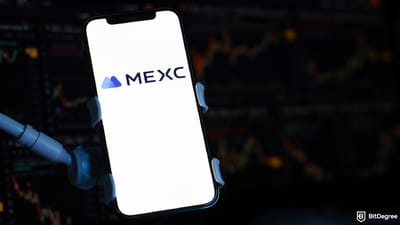Stop overpaying - start transferring money with Ogvio. Sign up, invite friends & grab Rewards now! 🎁
Whether you’re a crypto newcomer or an advanced user, terms like blockchain, blockchain technology, Bitcoin blockchain, and anything similar are nothing new to you. You’ve probably seen them enough times, even if you initially didn’t do any research before joining in. But isn’t it time you do? Aren’t you interested in the history of blockchain? It’s fascinating, I promise!
Generally speaking, you can still easily use popular exchanges like Binance or Kraken to buy crypto without knowing anything about the history and basis of blockchain tech. However, knowing and understanding everything that led the system to where it is today makes it much more enjoyable and even easier!
When you eventually click out of this tutorial, I hope you’ll deem yourself very knowledgeable. I’ll explain who made cryptocurrency, tell you all about the first blockchain, and walk you through its ever-growing development.
So, let’s jump right into it!
![How to Transfer Money Without Fees? [Animated Tips 2025] How to Transfer Money Without Fees? [Animated Tips 2025]](https://assets.bitdegree.org/crypto/assets/images/compare-crypto-exchanges.gif)
Did you know?
Subscribe - We publish new crypto explainer videos every week!
How to Transfer Money Without Fees? [Animated Tips 2025]
![How to Transfer Money Without Fees? [Animated Tips 2025] How to Transfer Money Without Fees? [Animated Tips 2025]](https://assets.bitdegree.org/youtube/crypto-finally-explained/how-to-transfer-money-without-fees-animated-tips-2025.jpg?tr=w-420)
![How to Transfer Money Without Fees? [Animated Tips 2025] How to Transfer Money Without Fees? [Animated Tips 2025]](https://assets.bitdegree.org/crypto/assets/video-button.png?tr=w-85)
Table of Contents
What is a Blockchain?
There are many variations of what people think blockchain is. If you thought that a blockchain is like an internet platform enabling cryptocurrency transactions (and yes, that’s one of the more general consensuses), you’re quite wrong. However, if you don’t like getting into it and simply call it a database, that’s actually acceptable. But allow me to elaborate and kick off this "History of Blockchain" piece.
Latest Deal Active Right Now: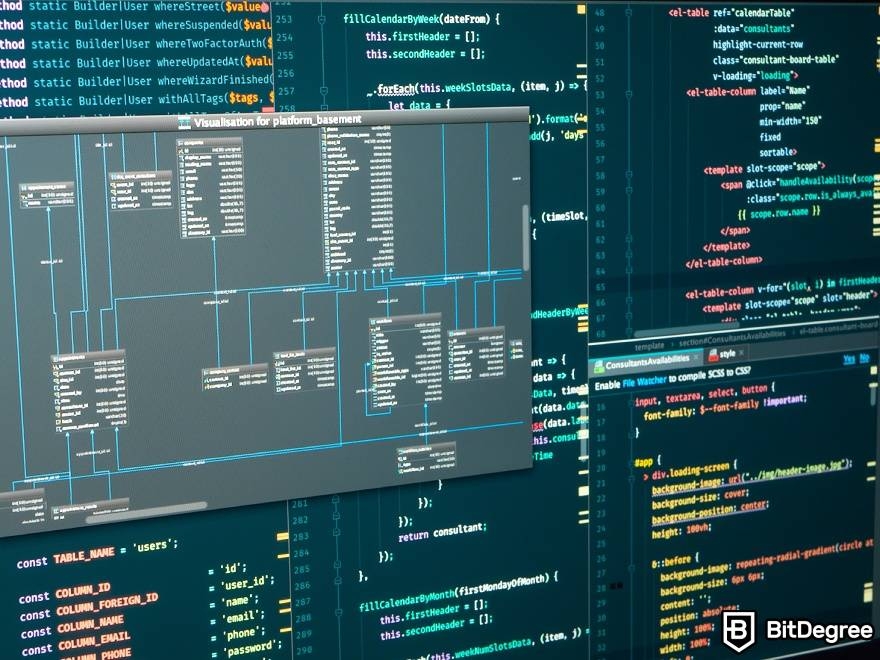
Simply explained, a blockchain is a distributed, public and, most importantly, decentralized ledger that holds all chronological information about cryptocurrency transactions.
Everything anyone ever does in the crypto sphere, like trading and buying, is encrypted on the blockchain into strings of textual data in the right timeline. And I’d bold it twice if I could! Basically, timestamping means that you cannot tamper with, or backtrack the blockchain’s data, making it one of the safest ways and places to store information.
Blockchain technology to cryptocurrency is what fuel is to a car. Without the first one, the second wouldn’t work. So, whatever your status is in the crypto world, I can safely say that it’s very important that you learn as much as you can.

If you’re good with the terminology, I suggest we move on with our “History of Blockchain” article, and if you want to go deeper, I highly recommend thoroughly reading the first chapter of our Crypto 101 Beginner Handbook. It explains the blockchain in a very user-friendly, detailed manner.
However, let’s continue with our history lesson. It really depends on how you look at it, but for the sake of this tutorial, let’s call cryptocurrency a relatively new technology. In return, people think blockchain is also a new-ish invention, yet it has existed for years before we even learned the word Bitcoin.
Blockchain Before Bitcoin
When you get into it, the path of blockchain tech, as a concept, is fascinating. To make it easier to understand, I’ll simply give you the timeline from the very first time the term was even mentioned, to the present day.
- 1982: Yes, the date is right! The first appearance of even an idea of a blockchain was born in 1982 when Cryptographer David Chaum presented a dissertation called “Computer Systems Established, Maintained, and Trusted by Mutually Suspicious Groups.”
The network the author talks about in his dissertation couldn’t really be applied to cryptocurrency, but there’s a clear link between what we have now, and what Chaum had in mind back in 1982. And just look what happened eight years later!
- 1990: The general question “who made cryptocurrency?” is a bit too broad, but I can instead introduce you to the first recorded cryptocurrency ever. And it’s not Bitcoin! If you were to ask, “Who made cryptocurrency that was actually successful and decentralized?” there’d be a different answer, but for now, meet eCash!
Since I promised you a history of blockchain and not of cryptocurrency, I won’t go into too much detail, but Chaum himself was the one to create eCash - the first 'cryptocurrency'. And he did it after coming up with the blockchain idea, further proving my point - crypto needs blockchain tech, in order to exist.
- 1991: Cryptographer Stuart Haber and physicist W. Scott Stornetta introduced the world to the idea of timestamping digital information using a technology of chains and blocks that would be cryptographically secured.
And they did more than just talk about it. Soon after their presentation, the two began working on what would technically be the first blockchain.
- 1992: Haber and Stornetta upgraded their system to incorporate Merkle trees that would allow them to store even more information into a single block on the blockchain.
- 2000: Stefan Konst released a paper titled “Secure Log Files Based On Cryptographically Concatenated Entries”, explaining his idea of accessing entries on the chain to prove authenticity.
- 2008: Probably the most groundbreaking year all crypto enthusiasts know by heart. Well, they probably know the beginning of 2009 better, but I’ll get to that. Right now, we’re in 2008.
This was the year an unknown (to this day, most likely) developer, or a group of developers called Satoshi Nakamoto, conceptualized the first blockchain. Nakamoto improved the design of the ones working before him / them by timestamping blocks (which would also tackle the ever-prominent issue of double-spending). This, and what happened at the beginning of 2009, was done in the wake of the Global Financial Crisis of 2008.
But I’ve dangled the big 2009 in front of you for long enough, and you can probably guess exactly what happened anyway, so let’s just get into it!
- 2009: Nakatomo implemented the blockchain design created the previous year and used it as a core component of the Bitcoin cryptocurrency.
Soon after, Nakamoto published the first whitepaper about blockchain technology, explaining the importance of its decentralized nature and the natural enhancement of trust that comes from not having any central authority or organization.
But this is where I have to stop the timeline. Everything that happened after was a part of blockchain developing into what it is today, its real kick-off. So, let’s talk about the Evolution of Blockchain.
Evolution of Blockchain
After its solid start in 2009, blockchain tech kept growing and expanding, rapidly. With it came many changes, updates, and different versions. But we all know what it started with, so let’s talk about the relation between blockchain tech and Bitcoin.
Bitcoin Blockchain
If asked “is Bitcoin the first blockchain?”, some people would probably get confused. Bitcoin is a cryptocurrency, not a blockchain, right?

If you remember the timeline, in 2009, Satoshi Nakamoto’s blockchain went live, but it was also the year of Bitcoin, the first highly-functional and actually successful cryptocurrency that still remains the most popular digital asset to this day.
The concept of the blockchain, and Bitcoin, were both reciprocal, meaning that they were useful to each other. However, they are not the same thing, as well. BTC was the first successful application of blockchain technology, and the best way for people to see what both blockchain and crypto can do.
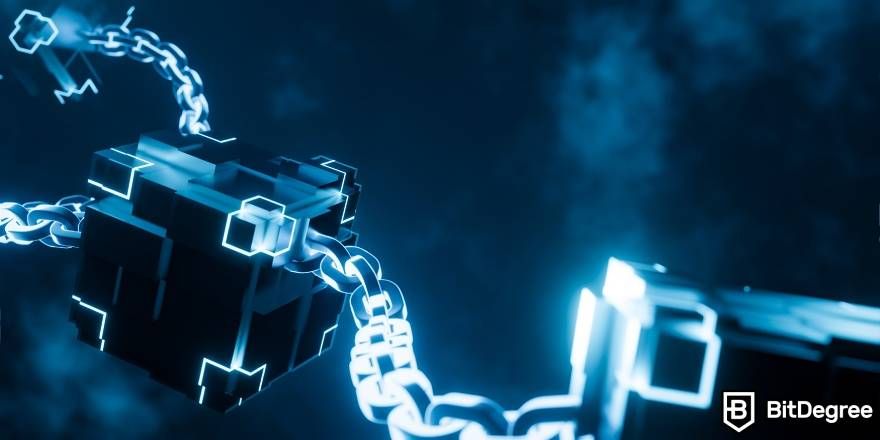
By the first application, I mean that technically, the Bitcoin cryptocurrency was created with the blockchain design as its core component, which, in turn, was then used to facilitate and record transactions of said crypto. Sounds a bit complicated, true, but if the answer to the question “is Bitcoin the first blockchain?” is still unclear, I can only say that yes, technically, it is. It’s definitely the original one, and is still very much in use, to this day.
By the way, have you ever wondered what was the first block created in a blockchain? It was the Genesis Block, created by none other than Satoshi Nakamoto in 2009. It was the first Bitcoin block ever to be mined, and is the main prototype for all others on the chain.
If you were to ask "what is the first block created in a blockchain?", you might also hear people answering Block 1 or Block 0, but don’t be surprised - these are synonymous with the Genesis Block.

Over the years, both BTC and blockchain technology grew due to heavy activity and expanding interest. Mostly, those who were interested in BTC or the Bitcoin blockchain (or the blockchain, as a general concept) were the ones looking for ways to decentralize their finances, and acquire complete financial independence.
On 22nd May 2010, Laszlo Hanyecz made history as the man who made the first purchase of items / goods, paying only in Bitcoin. He bought two Domino’s pizzas for 10,000 BTC! Can you imagine the value of 10,000 BTC today?

Just three years after the Laszlo Hanyecz pizza event, Bitcoin’s market capitalization surpassed $1 Billion. And even though that sounds impressive, Bitcoin was definitely not all that by then. Yes, it grew rapidly, but it still took time.
In five years' time since its implementation, the Bitcoin blockchain filesize, which contains all the information about the transactions on the network, expanded to 20 GB. Add an extra ten the next year and keep adding on and on - by 2020, the ledger held a whopping 200 GB of records.

After the huge success, the Bitcoin blockchain inspired a lot of other variations and updated versions of the blockchain, which I’ll tell you about in a minute. However, even with more advanced options, the Bitcoin blockchain is still active and still works as a public ledger, recording everything that’s going on with the BTC cryptocurrency.
And now that you know all about the original, let’s look at what people came up with next. It’s time for Blockchain 2.0!
Blockchain 2.0 - Ethereum
If you’re just learning about crypto, you might view the term Ethereum in the same way you did Bitcoin. Just a cryptocurrency I can buy on exchanges like Binance or Coinbase, right? Well, nope! Let me explain its true meaning, and why I deemed it so important in the “History of Blockchain”.
First of all, there’s a name that is very well-known both in the crypto world and the financial sphere. You see, even after a few successful years of Bitcoin, many people and investors were sure it wasn’t up to its full potential, including Vitalik Buterin, a Russian-Canadian computer programmer and the person who kicked off Blockchain 2.0.
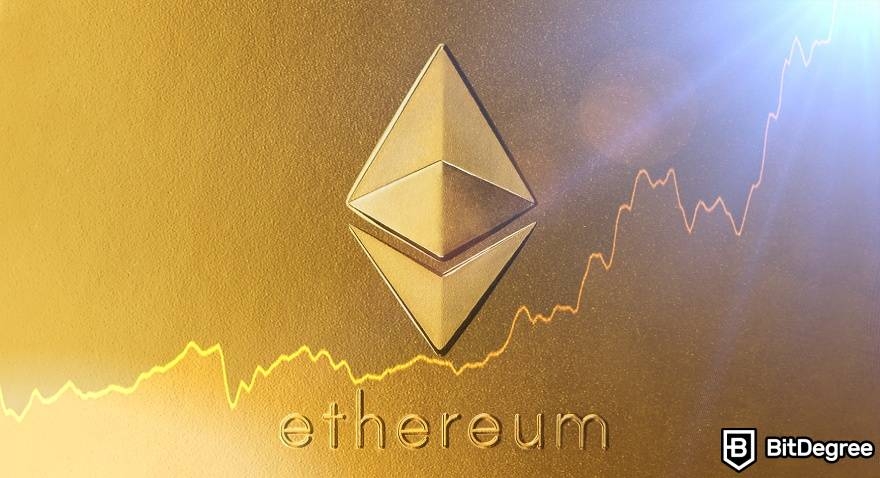
Buterin was sure that Bitcoin, as a blockchain and an innovation, had to have more stuff to offer, and so he started working on something that would later be called the “Ethereum Project”. Mainly, Buterin was looking for ways to have the blockchain do additional functions and have a few new settings.
He wanted to make it more than just a Peer-to-Peer network. Together with other like-minded colleagues, he eventually did! Ethereum went live in 2015, taking on the crypto world as an advanced blockchain with new functionalities and the ability to use smart contracts.
Of course, nobody forgot Bitcoin. BTC is still the biggest and most popular cryptocurrency to this day (a digital currency that serves as a store of value, as well), but Ether, the native cryptocurrency of Ethereum, is a close second (being viewed as a separate piece of technology, altogether).
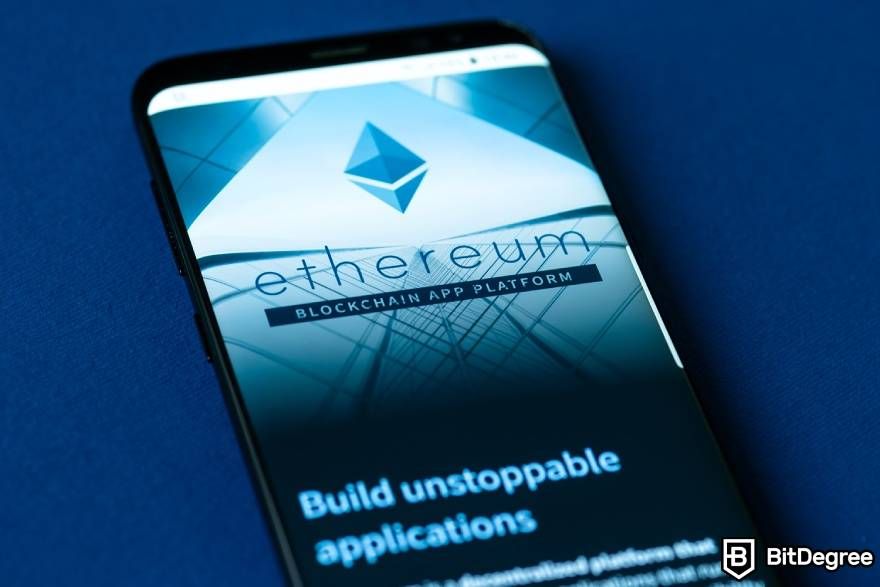
Ethereum allows for the creation and deployment of decentralized applications and smart contracts. And while I’m supposed to teach you a history lesson about blockchain, there are some core elements you should know about in order to move on further.
Smart Contracts
First of all, if you don’t know what a smart contract is, I’ll give you a short introduction, but you can read more about the topic in our Handbook. Basically, smart contracts are pre-coded rules that initiate actions on the blockchain without the need for an intermediary. The contract part is not that unlike what you imagine when hearing the word; it’s the "smart" part that makes all the difference.
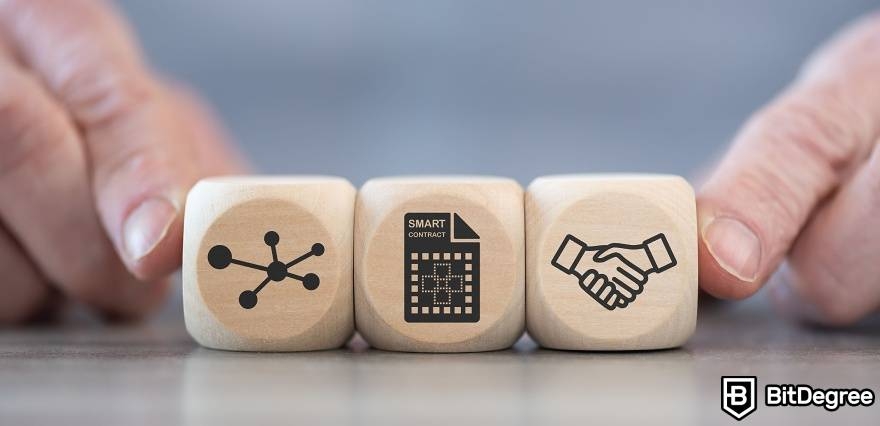
These pre-coded rules are there to help make sense of the blockchain transactions, basically doing all the hard work for you automatically, without your or any other human interference.
On Ethereum, smart contracts enhance the speed of your transaction, ease the whole process, and, most importantly, protect you from scammers! Once the contract has confirmed that the transaction you initiated is legit on both sides, and sets the plan in motion - it can never be stopped or altered.
NFTs
Another groundbreaking thing in the “History of Blockchain” was NFTs, or non-fungible tokens. Sure, the first NFT was created on a completely different blockchain in 2014, and now there are multiple others that support NFTs, Bitcoin blockchain included (in the form of Ordinals). However, it really kicked off with Ethereum.
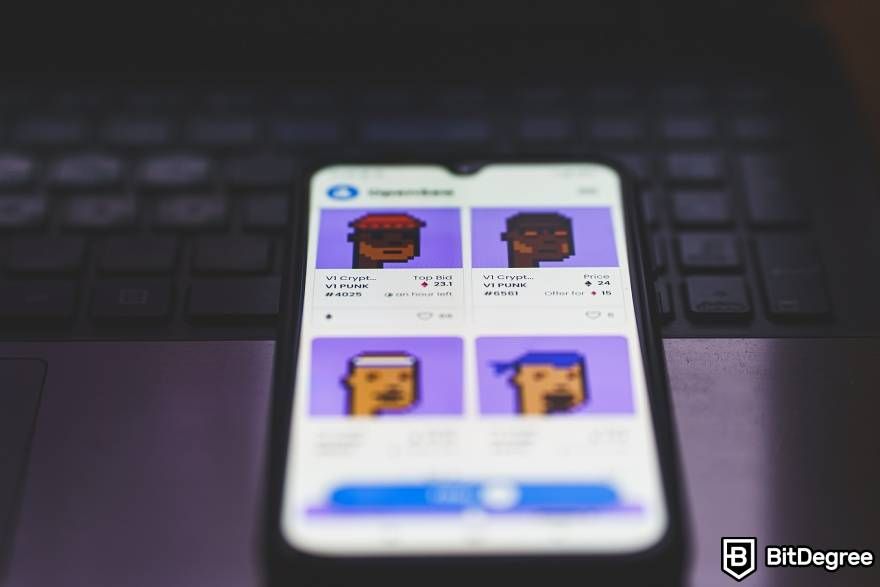
It was only in 2021 that NFTs really kicked off, and it was partly because of what Ethereum could offer to both creators and traders. Since the first NFT in 2014, there have been problems with ownership and security, many of which were solved by Ethereum.
By enabling token creation, programming, storage, and trading, Ethereum created a much more comfortable and safer space for all NFT developers and enthusiasts, further revolutionizing the crypto world.
You can learn how to buy NFTs here!
DeFi
Decentralized Finance, or DeFi, is also a big case of Ethereum as a key point in the evolution and history of blockchain, one that wasn’t viable when the Bitcoin blockchain was the biggest thing.
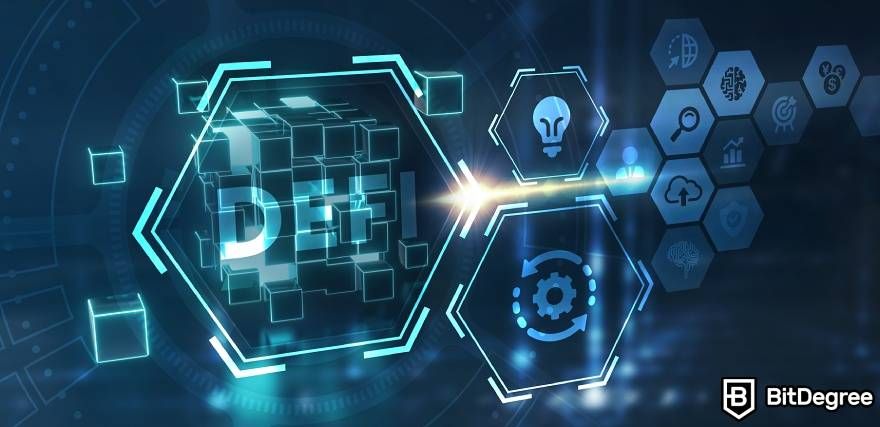
If you recall, I mentioned that, alongside smart contracts, Ethereum allows the creation and usage of decentralized apps. Many of them, apps like Uniswap, PancakeSwap and others, connect, creating a complicated, decentralized financial system running on Ethereum.
Security-wise, Ethereum is just as safe as the original blockchain. Every new transaction on the Ethereum blockchain is recorded in a new block that is connected to both previous and future ones on the chain. So, once again, it’d be extremely difficult to infiltrate the system and somehow steal or alter information.

So, it’s quite obvious that Ethereum was truly the second version of the original blockchain. With plenty of new settings and functionality, it added to the concept and changed the game. However, at the same time, leaving Bitcoin in the spotlight as well. If you ask any casual or avid crypto user, they’ll most likely name Bitcoin and Ethereum as two giants incredibly important to the history of blockchain.
The New Era of Blockchain: Phase Three
Now that crypto is so rapidly expanding, more and more people want to take part. Currently, there are approximately 420 million crypto users worldwide, and a good percentage of them are interested in more than casual trading. Or, maybe they’re just blockchain enthusiasts!

In any case, keeping to the topic of the “History of Blockchain”, I should give you the latest news. I mean, you didn’t think that the evolution of blockchain ended with Bitcoin and Ethereum, right? Let me explain!
While the two are the most important pillars of blockchain tech we have right now, the world is getting smarter by the minute. And this period of time that we are in today, regarding cryptocurrency and blockchain, is very far away from the 2015 and the Ethereum Project. Some crypto fans call it Phase Three.
The original Bitcoin blockchain was launched, and Ethereum perfected it into this incredibly smart operation with even more functions and settings. However, as Vitalik Buterin clearly proved, there are hardly any limitations to technology and what we can get from it.
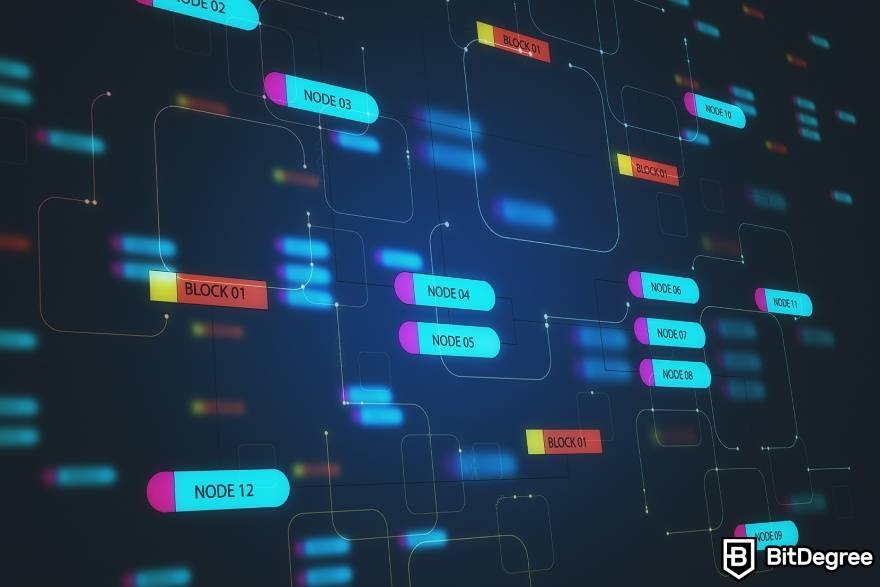
So, in recent years, many platforms have been pushing the limits of what blockchain tech is capable of, experimenting and altering the original code, trying to come up with something even better. Nothing will lessen the significance of the first blockchains and the head start they gave to cryptocurrency, but people are still interested in more.
It’s hard to determine the number of blockchains that currently exist, but we’re in the thousands, and there are four main types. For example, the very first blockchain was specifically designed to be public, but now there are also private, hybrid, and consortium blockchains.

A public blockchain is quite self-explanatory, right? Anyone is free to join, participate, or observe. A private blockchain, on the other hand, is the literal opposite - you’ll need to be a verified member to access it.
Hybrid blockchain is a bit of both, with the owner setting up both a private and public system, controlling the accessibility and which information goes to which. And finally, consortium blockchains, which probably sound the most complicated. These are multiple private blockchains combined together, usually connecting corporations to save time and reduce operational costs.
One notable case would be China’s NEO.

A well-known character of Phase Three, NEO is a public, open-source, decentralized blockchain app. It was created to teach people how to digitize finances and use smart contracts, eventually leading to a smarter economy. However, the funniest (and also, saddest) thing is that China has cryptocurrency completely banned.
So, while accessing digital assets and trading is illegal to all residents of the country, there are some great minds there who are really into the idea of blockchain and are looking for ways to improve it. A bit ironic, but it totally works! NEO is mostly used by developers who create smart contract-based applications.

And, of course, NEO is just one of many. Blockchain technology is progressing and is in constant movement, just like many other aspects of crypto.
So, if this is of interest to you and you’ve been reading my version of the “History of Blockchain” to get knowledgeable, I suggest checking for trends and updates. It doesn’t have to be a constant frequent check-up, but simply following one news page or the other is enough. Let’s keep finding out more about Phase Three!
Hyperledger & IOTA
There are two more projects worth a separate mention in my “History of Blockchain” tutorial. As I just explained in the previous chapter, we have come quite far from the first blockchain or even Ethereum's version. The original pillars inspired many variations and programs like Hyperledger or IOTA. Let me elaborate!
Hyperledger
First of all, I would like to remind you that blockchains are used for more than crypto. Sure, that’s the main association, but if you remember, the original idea that Chaum or Haber & Stornetta presented more than thirty years ago was to encrypt and timestamp digital information. Technically, there was no direct talk of crypto yet.

Which brings me to my next point. December 2015 marks the creation of the Hyperledger project, a non-crypto-related umbrella project very significant to blockchain technology. The creators even said that they aim for better performance and reliability compared to cryptocurrency blockchains.
They also said that they would never, under no circumstances, build their very own Bitcoin-type cryptocurrency. But I’m getting ahead of myself.

The aim of the Hyperledger Project is to advance and perfect cross-industry collaboration and use blockchain technology to do it. For years now, they have been building blockchains and distributed ledgers that would enable much easier transactions between major companies.
Hyperledger is actually quite important to the general history of blockchain. To this day, the collaborators of the project work on the software to alter it into the most comfortable digital database.

Did you know?
Subscribe - We publish new crypto explainer videos every week!
What is a Cryptocurrency: For Beginners (Animated Explainer)



- Secure and reliable
- Accepts fiat currencies
- Lots of trading options
- Reputable exchange
- Accepts fiat currencies
- Offers various trading options

- Huge trading variety
- Regulation-compliant around the globe
- Fair trading fees
- Beginner-friendly
- A wide array of features
- Vast number of different crypto coins & tokens

- Beginner-friendly
- Secure
- Decent trading and withdrawal fees
- Crypto.com Visa Card
- Automated tools & bots
- Ecosystem synergy with CRO
IOTA
IOTA, on the other hand, is one of the more unique cases in the crypto space. While the only similarity it has to Hyperledger is the lack of miners in their process, it’s also a fascinating project. I'll tell you all about it.
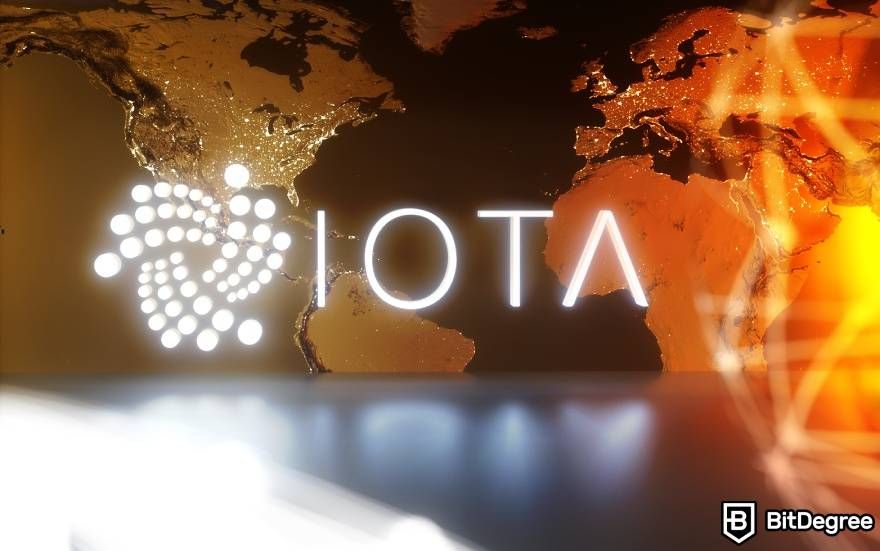
Just like many others, the IOTA project was created to be the one to process faster, more secure, and more scalable transactions. If you guessed that IOTA is a ledger, you’re absolutely right! However, unlike many other distributed ledgers, IOTA is not a blockchain.
Now, if it doesn’t have one, then why does it belong in the history of blockchain? Actually, in a way, the IOTA project is also a mirror to everything blockchain is and has inspired. While the whole thing is motivated by creating something less-complicated but more-scalable than a blockchain, there are many similarities between the original and their own structure called Tangle, one they use for their IOTA Coin.
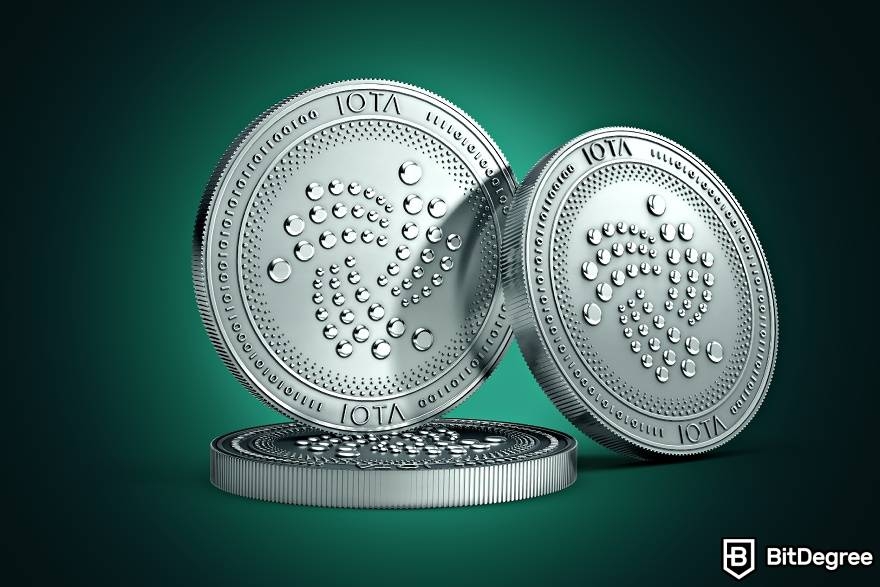
The premise of this magical-sounding structure is almost the same - a string of individual transactions connected and interlinked to each other. However, none of the IOTA transactions have to be confirmed by miners, unlike the ones on the Bitcoin blockchain or Ethereum. Though IOTA supports some of the same algorithms as blockchain, the lack of miners results in no-cost transactions or micropayments.
The main point behind my even mentioning IOTA is to show you how much blockchain has inspired and how important it is to new inventions and positive alterations in technology.
Conclusions
Now, as you would with any other lesson, let’s revise the “History of Blockchain” as best we can!
Before jumping into timelines and specifying every blockchain event since 1982, you must first understand what blockchain is - a public, decentralized ledger that holds records of all crypto transactions chronologically. If you want to call it a protocol, or a database, that’s fine too, just make sure you actually understand what it does!
If you do, I suggest moving on to the actual history of blockchain, starting with its first mention and ending with thousands of new, 21st-century blockchains, one more intricate than the other. It’d be especially good if you remembered the main aspects of the Bitcoin blockchain and Ethereum (not the crypto you can buy on crypto exchanges like Binance, but the network), the main starters and the real originals of the present-day databases.
Afterward, I suggest reading a bit more about blockchain projects! With that in mind, if you find it interesting and want to start trading or investing, or anything remotely like that, I suggest further exploring BitDegree for additional education. I hope you find crypto-learning enjoyable! Thanks for reading, and good luck!
The content published on this website is not aimed to give any kind of financial, investment, trading, or any other form of advice. BitDegree.org does not endorse or suggest you to buy, sell or hold any kind of cryptocurrency. Before making financial investment decisions, do consult your financial advisor.


